The Horse Tradition: The Fascinating Tale Behind Kumamoto’s Basashi Culture
Explore the mystery of Kumamoto's specialty, basashi! Learn about the history of horse meat linked to Lord Kiyomasa, its surprising nutritional value, why it's called "sakura meat," and discover the charm of original horse meat dishes.
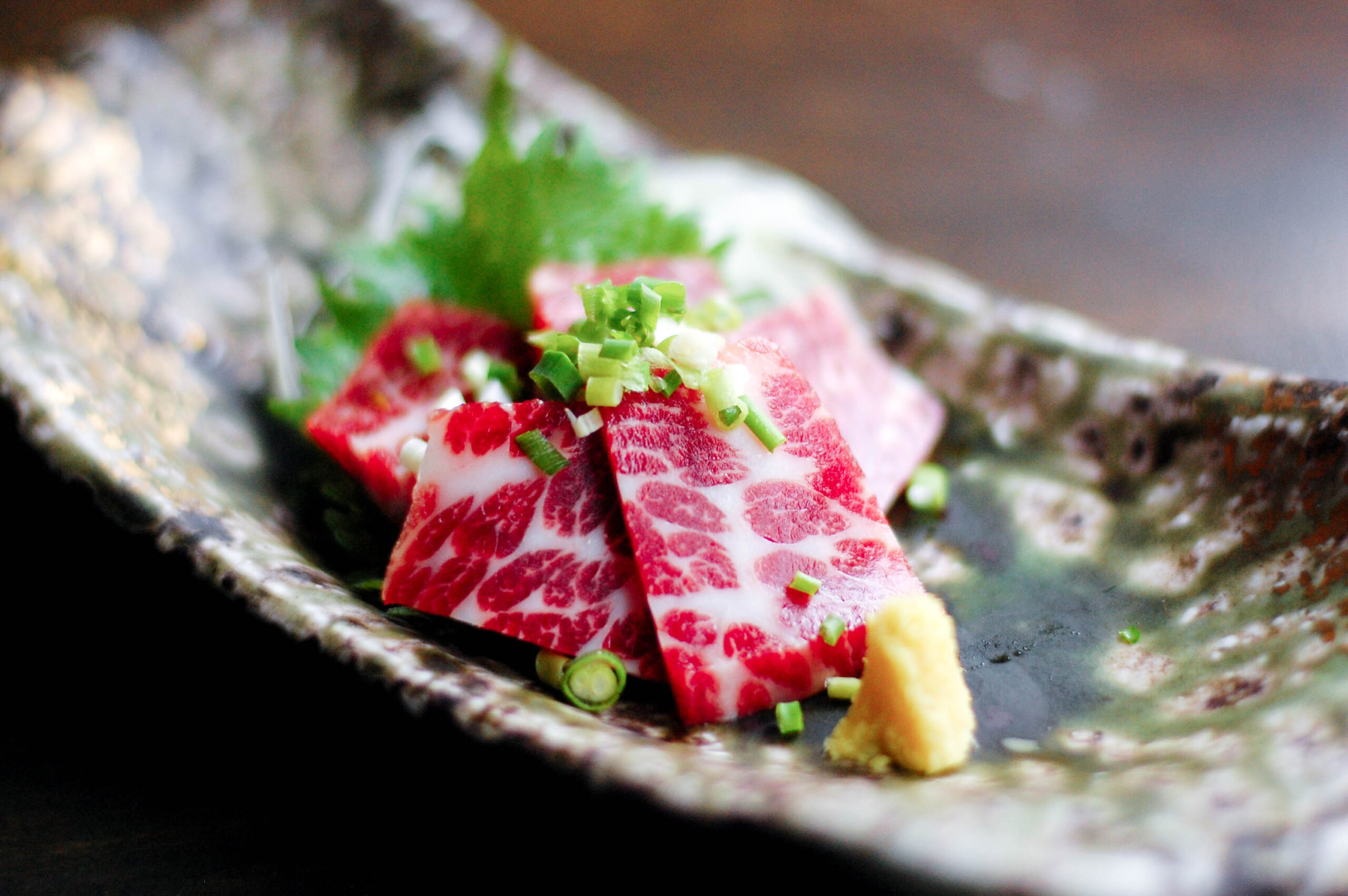

Have you ever tried horse meat in Kumamoto?
While it has been a local speciality for generations, recently it has becoming even more popular among health-conscious young Japanese for its high collagen content.
It is also sometimes referred to euphemistically as “sakura (cherry blossom) meat”.
But how did horse meat become a signature dish of Kumamoto in the first place? Even after 33 years here, I find myself searching for a more complete explanation.
Driven by my own curiosity, I set out to learn more by interviewing a local horse meat specialist—and even designed a horse sashimi T-shirt for the occasion.
Note: The age and titles are as of the time of the interview.
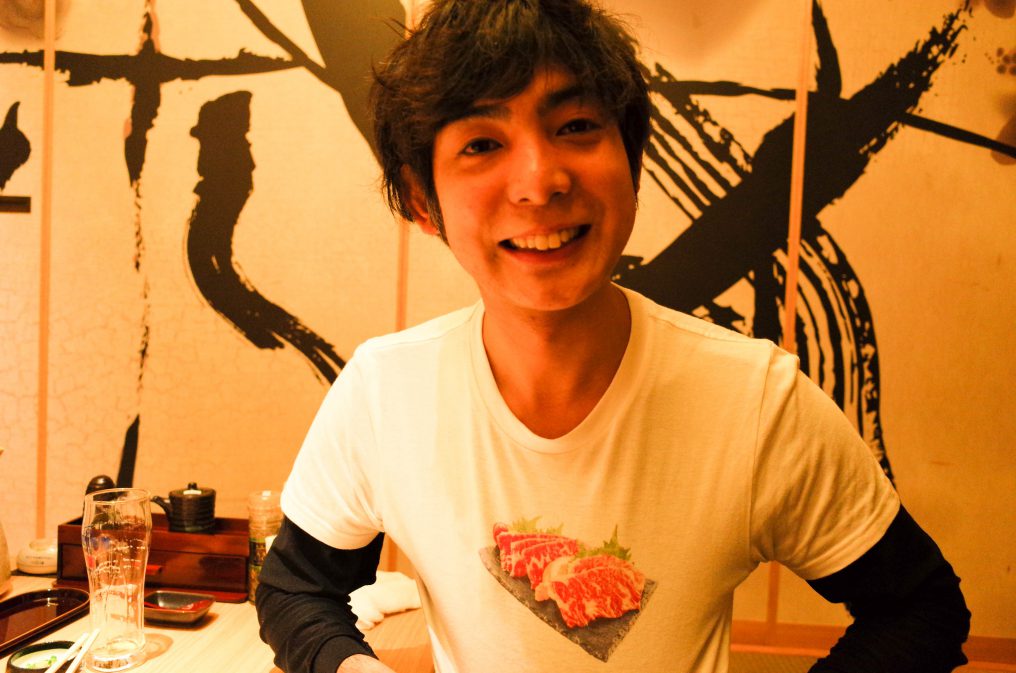
Our gracious host for the interview was “Kumamoto Horse Meat Dining Umazakura,”(熊本馬肉ダイニング馬桜),” which has been in business for over 10 years in Kumamoto.



They have private rooms, counter seats, and spacious areas, making it a stylish restaurant suitable for various occasions.
Horse meat contains over three times the glycogen of beef, giving it a naturally sweet flavor. It’s also packed with vitamins A,B12, and E and contains triple the calcium of beef or pork, and more iron than spinach or hijiki (4.3mg per 100 g of raw meat), earning it the title of “champion of meats.” In Eastern Medicine, horse meat is thought to enhance liver and kidney functions and is used by athletes to soothe inflammation and muscle pain.
Kumamoto Horse Meat Dining Uma Zakura
Restaraunt manager Mr. Otsuka, whose smile lit up the room, came in to the restaurant especially for this interview, despite it being his day off.

Kensei Otsuka
Manager at “Kumamoto Horse Meat Dining Umazakura” Shimotori Branch. Born in Tamana City, Kumamoto Prefecture, and a graduate of Tamana High School, he discovered the joy of the food service industry while working part-time and later joined Ideas Corporation, which manages various local restaurants. He has since played a central role at “Kumamoto Horse Meat Dining Umazakura” and has dedicated his career solely to the food and beverage industry, now at the age of 32.
Why did horse meat become a specialty of Kumamoto?
Morinaga: Thank you so much for meeting with us even on your day off! I was surprised to hear how young you are for a manager.
Mr. Otsuka: Yeah. I’m my 32 years old now. It’s been 10 years since I joined the Food and Beverage Division of Ideas Corporation, which manages Umazakura.
Morinaga: 32! And yet you seem so mature. Have you been a manger for long?
Mr. Otsuka: It’s been about five years now, I’ve always found the food and beverage industry enjoyable, and before I knew it, I had become a manager.
Morinaga: I see…that’s quite impressive! Could you tell us why horse meat is such a big deal in Kumamoto?
Mr. Otsuka: In the past, it’s said that Kato Kiyomasa, lord of the Higo Domain (modern-day Kumamoto Prefecture) and builder of Kumamoto Castle, started eating horse meat during a military campaign in Korea. When Kiyomasa’s forces were under siege and supply lines were cut off, Kiyomasa and his soldiers were able to stay alive by eating their horses. Kiyomasa loved his horses, so it must have been heart- wrenching for him to eat them. This act likely saved many lives, which could be why it has become so ingrained here.

Morinaga: Are there any regions where horse meat is commonly eaten?
Mr. Otsuka: You often hear about places like Fukushima and Aomori, but I think Kumamoto is by the far the most famous for it. Japan’s largest producer of horse meat is Kumamoto.
| 1 | Kumamoto Prefecture | 5,642 |
| 2 | Fukushima Prefecture | 2,701 |
| 3 | Aomori Prefecture | 1,290 |
| 4 | Fukuoka Prefecture | 940 |
| 5 | Yamanashi Prefecture | 640 |
Moringa: I see. Kumamoto is definitely on top. And out of all options there, Umazakura is known for offering the very best quality.
Mr. Otsuka: That’s right. By the way, do you know why horse meat is sometimes called “sakura (cherry blossom) meat”?
Morinaga: Now that you mention it! Why is that?
Mr. Otsuka: When horse meat is fresh and it’s cut, the surface exposed to air turns a pinkish hue, resembling the color of cherry blossoms. Additionally, there are theories that horse meat tastes best during the cherry blossom season, which has led to its name.
Moringa: Wow, I didn’t know any of that. What have I been doing for the past 33 years?
Mr. Otsuka: Moreover, horse meat is a delicate meat, and its taste can change drastically depending on how it’s cut. At Umazakura, we continuously study how to best prepare and serve horse meat, with our experienced chefs who have been cutting horse meat for over ten years. In other way to say, horse meat is delicate, and it taste changes depending on how it’s cut. For instance, we changed the soy sauce we use a few years ago, because we thought a different type might taste better. It’s a field where there are no right answers, so we’re always learning.
About Kumamoto Baniku Dining of Umazakura
Moringa: Umazakura has become so famous in recent years that it’s almost becoming a symbol of Kumamoto. Are there any special dishes that are unique to your restaurant?
Mr. Otsuka: Although it’s not exclusively ours, liver sashimi is a popular choice among our customers.
Morinaga: Liver sashimi!! That is a super difficult to find cut, since the horse has to be super fresh, right?
Mr. Otsuka: We also serve a unique dish called ‘Sakura Seiro Mushi,’ which features steamed horse meat with vegetables. We make sure to cut the meat depending on how it will be used, and we take extra care in preparing the vegetables.
Let’s try it out!

My colleague Muro has decided to tag along since he seemed to think he could eat some basashi if he came. Even though I was doing my best to interview the manager, Muro ordered beer and just kept saying “wow,wow,” over and over again.
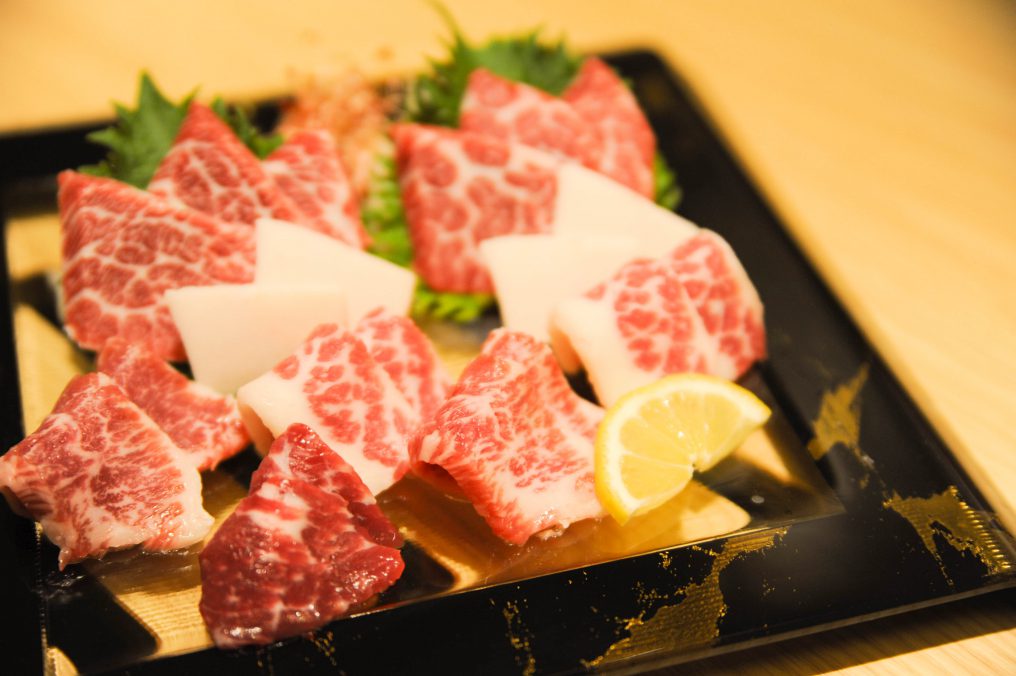
First up, naturally was the horse sashimi (basashi)! We got to taste a variety of cuts all at once.
Mr. Otsuka: Of course you can have it with soy sauce, but trying it just by sprinkling some salt instead is also very delicious. We’ve spent a long time finding the perfect salt that really complements the basashi.

Mr. Muro: What’s this? It’s nothing like the basashi I’ve had before! It’s sweet! The salt really enhances the sweetness and umami.

Note: He almost devoured it before we could snap a photo.
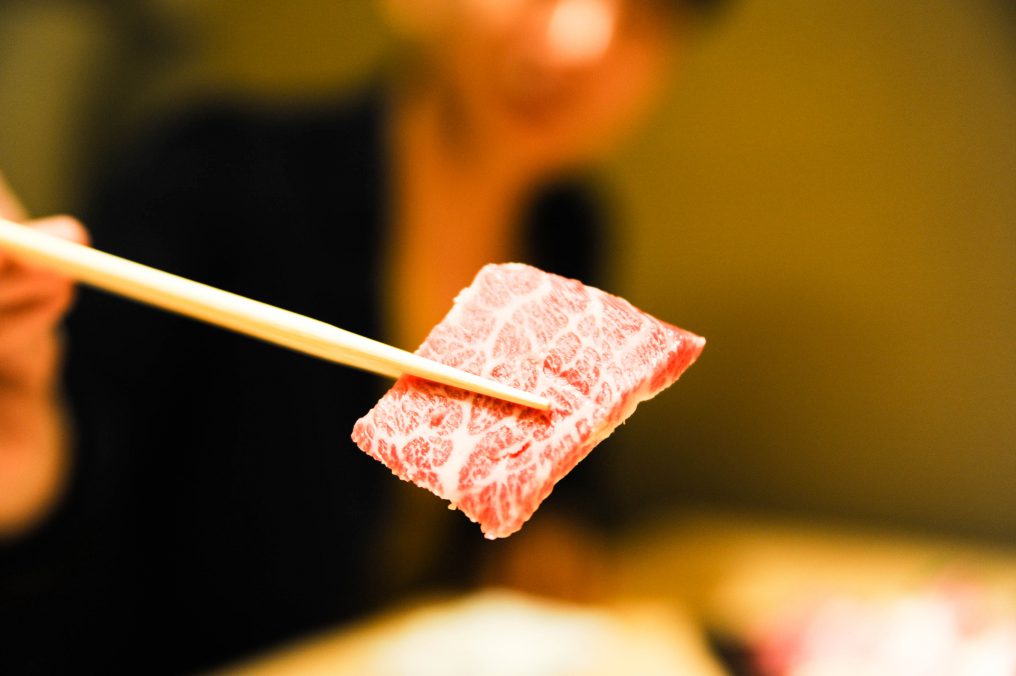
Note: We managed to get him to pause for a moment so we could take a photo, capturing the incredible marbling.
Mr. Otsuka: And this is our unique way of eating it!
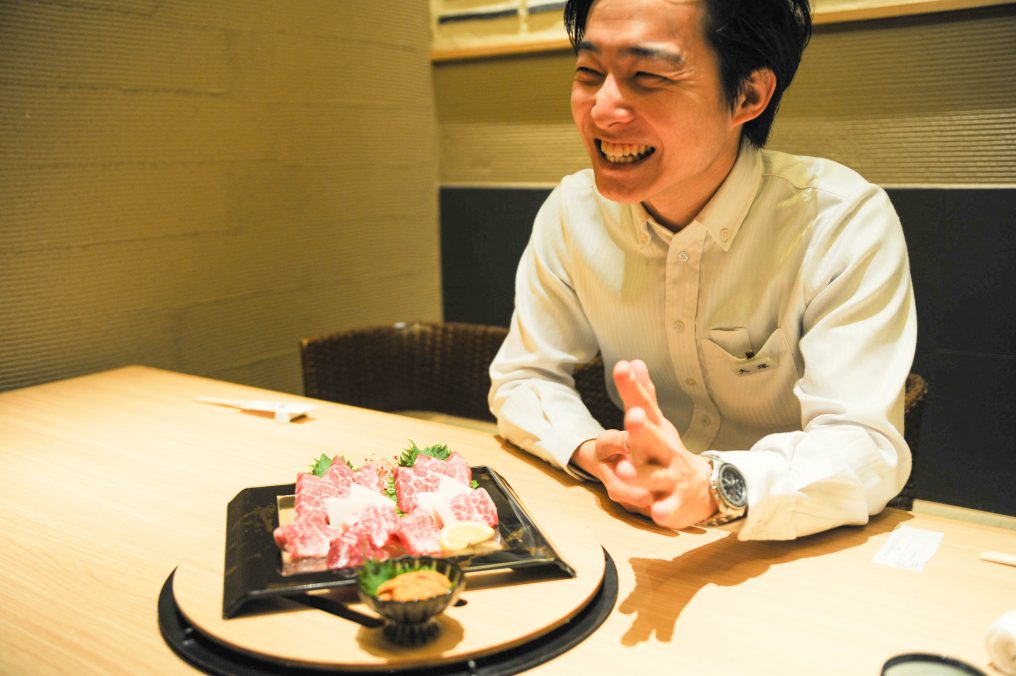
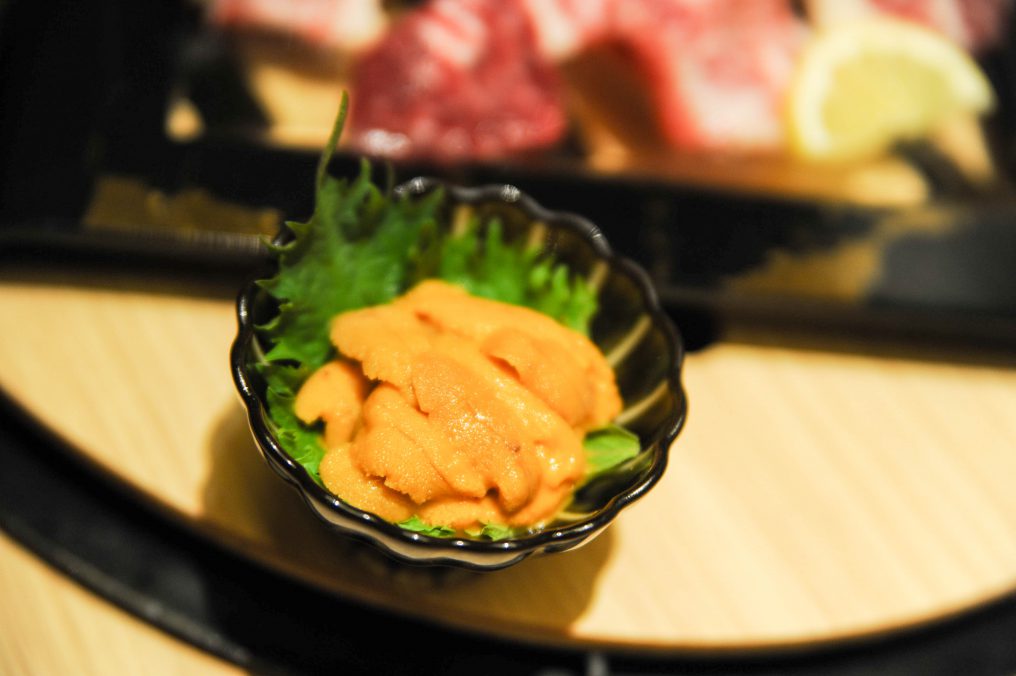
Mr. Otsuka: We wrap uni (sea urchin) in a slice of basahi and eat it with salt.

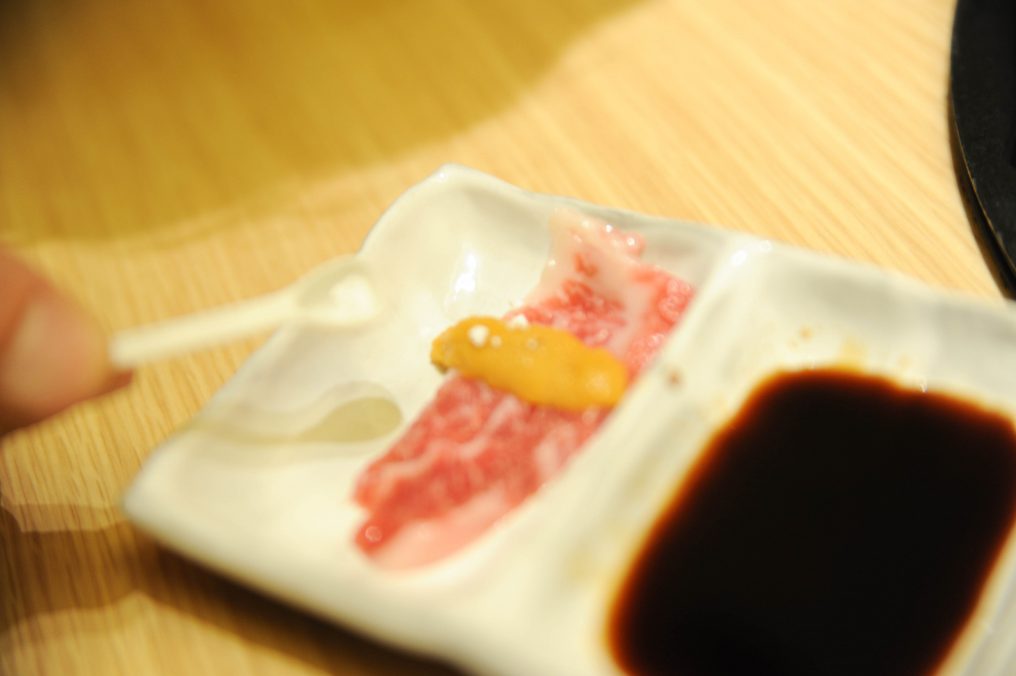
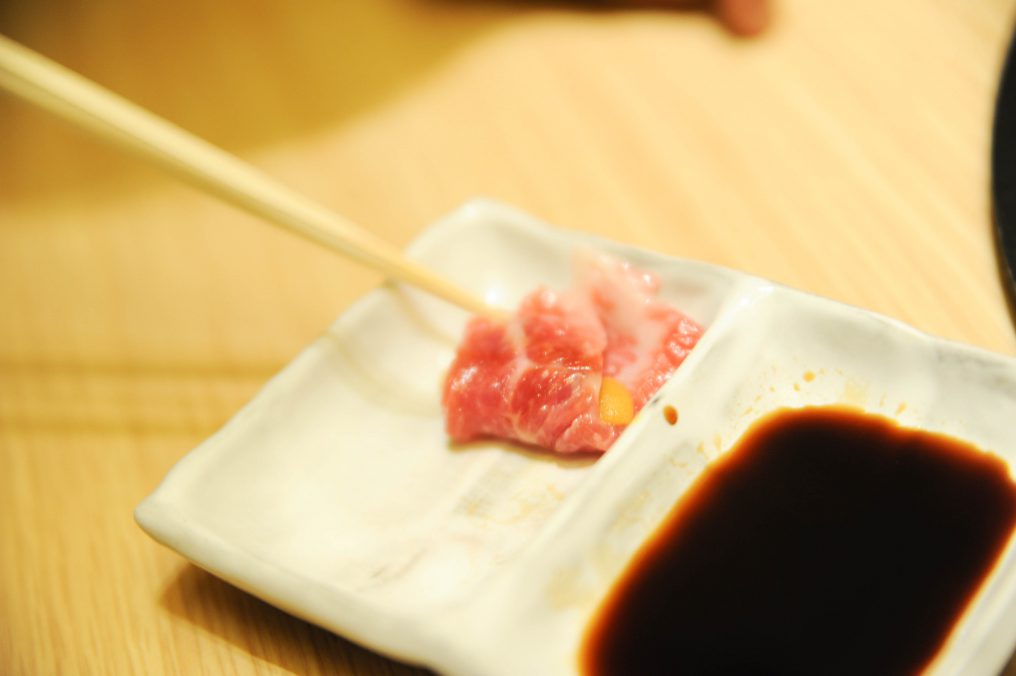

Mr.Muro: This is scary good! It’s so delicious it’s almost frightening. I’ve never experienced a combination like this before.


Mr. Otsuka: Next, we have our ‘Sakura Nabe,’ a shabu-shabu style hot pot. In Tokyo many establishments serve horse meat in a sukiyaki-style, making use of a sweet soy sauce base, here we focus on letting the natural flavors of the horse meat shine through, using only our special Japanese style broth.


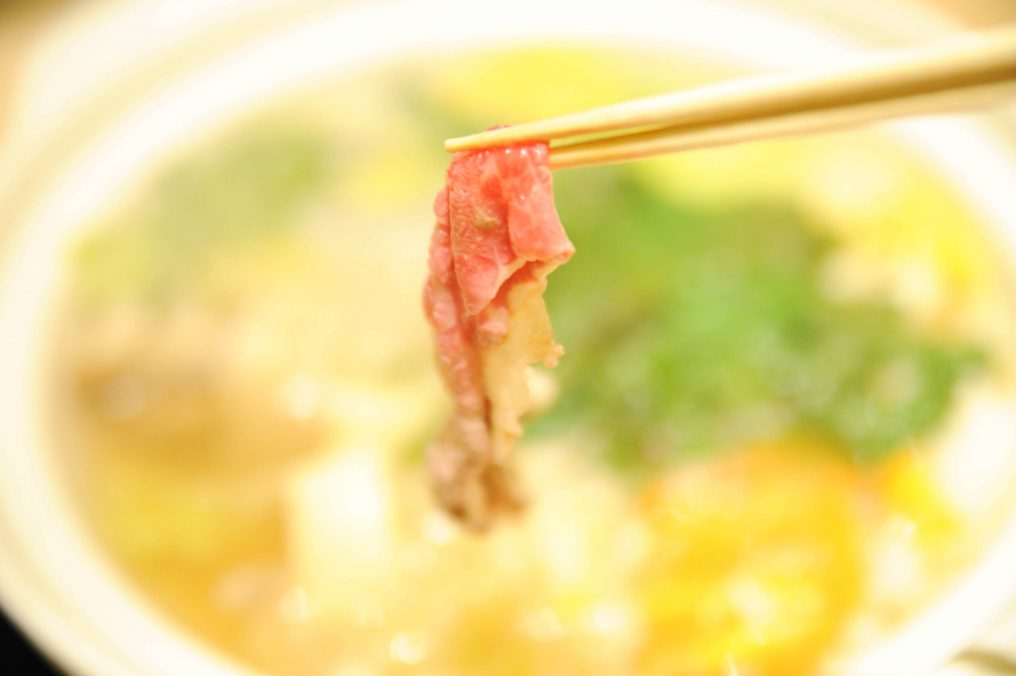

Note: It was delicious beyond words. The slightly sweet broth and the natural flavors from the vegetables and horse meat combined beautifully.
Mr. Muro: To be honest, I wasn’t a big fan of horse meat before… I just came along on a whim. But now, it’s become my absolute favorite food.
Morinaga: You know, it does make you wonder what kind of horse meat we’ve been having until now, doesn’t it ?
Mr. Otsuka: At Umazakura, we carefully select the best horse meat and meticulously manage how it’s cut and stored. Our mission is to introduce the delightful taste of Kumamoto basashi to people all around the world.
Morinaga: Did the number of customers decrease after the Kumamoto earthquake ?
Mr. Otsuka: There was a significant drop right after, but many people, both from within and outside the prefecture, visited and supported us. Lately, it feels like international visitors are returning, and weekends can get particularly busy.
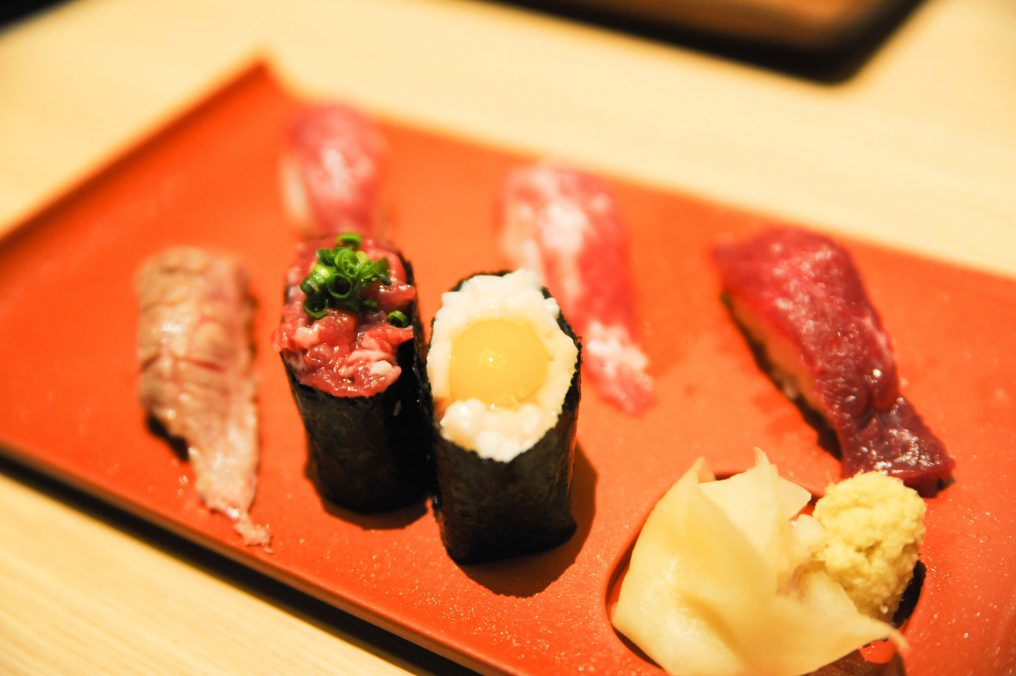
Morinaga: This sushi is amazing! It might even be better than ōtoro (fatty tuna), especially this gunkan sushi. It just melts and fills your mouth with deliciousness.


Mr. Otsuka: We make the rice for sushi with a light seasoning on purpose, so that the umami flavor of the horse meat stands out.
Mr. Muro: You’re a true horse lover! I am sure Kato Kiyomasa would be proud of you.
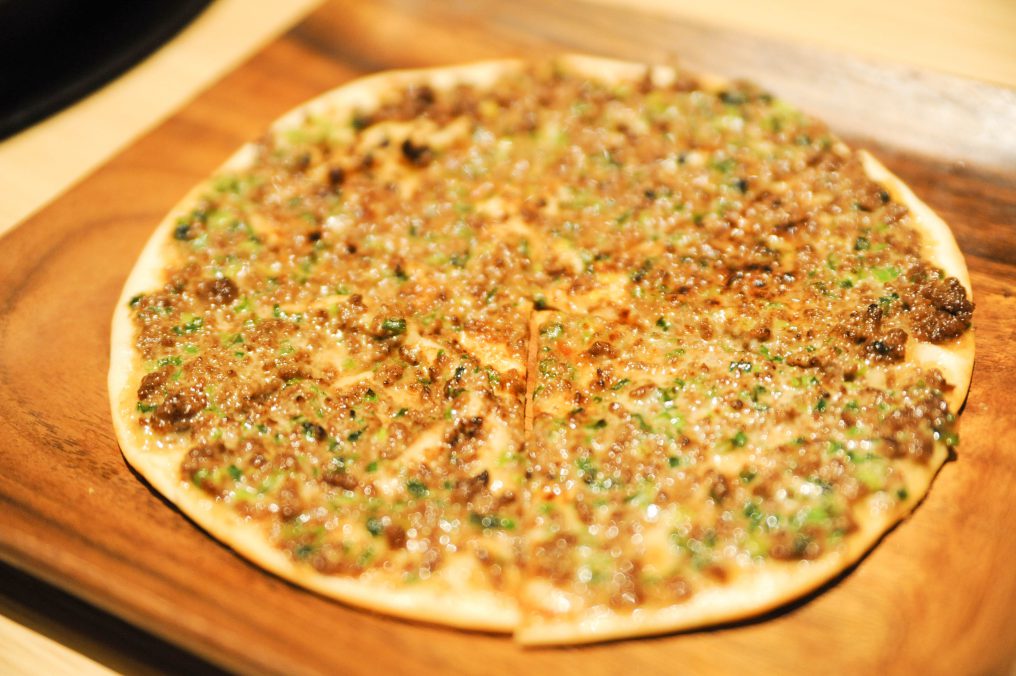
Mr. Otsuka: Here’s something a bit different: our horse soboro pizza. It topped with sweetly seasoned minced horse meat and our own cream sauce. It taste on it’s own but even better with a drizzle of garlic chili oil!
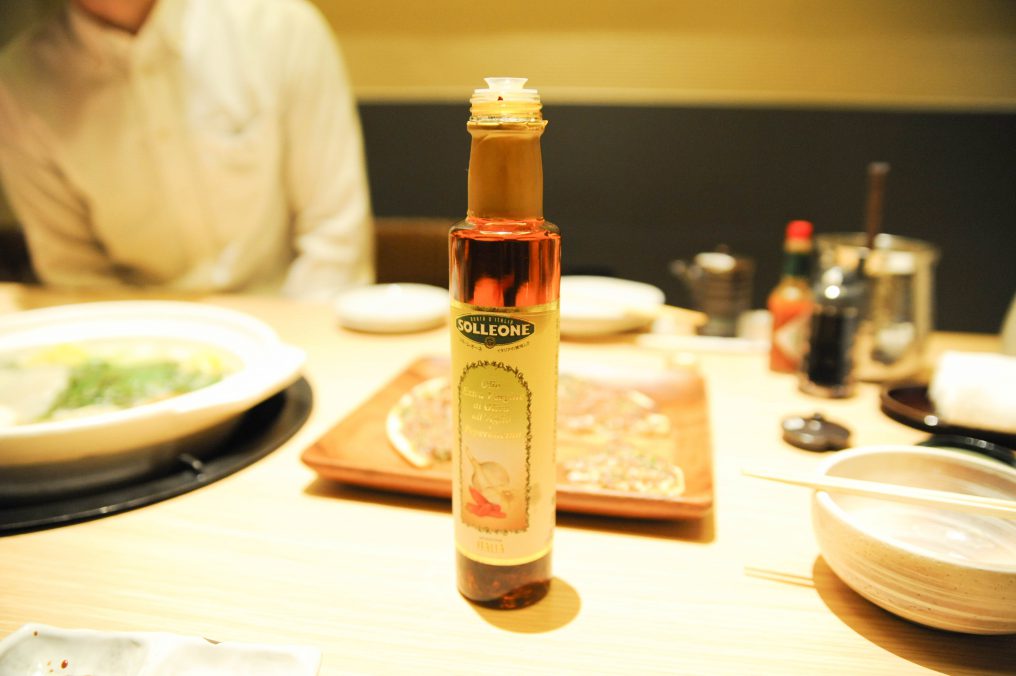

I couldn’t resist anymore…..
Future Prospects
Mr. Muro: With your success in running multiple locations, what are your plans for the future?
Mr. Otsuka: While I can’t speak for the entire company, our Food and Beverage Division aims to make it so that when people worldwide think of horse meat, they think of the Umazakura Group. We aim to offer not just delicious food but also a place where people can make lasting memories. There’s still much to do, as our industry requires constant innovation to keep things fresh. We’re committed to delivering not just great horse meat but also memorable experiences.
Lastly
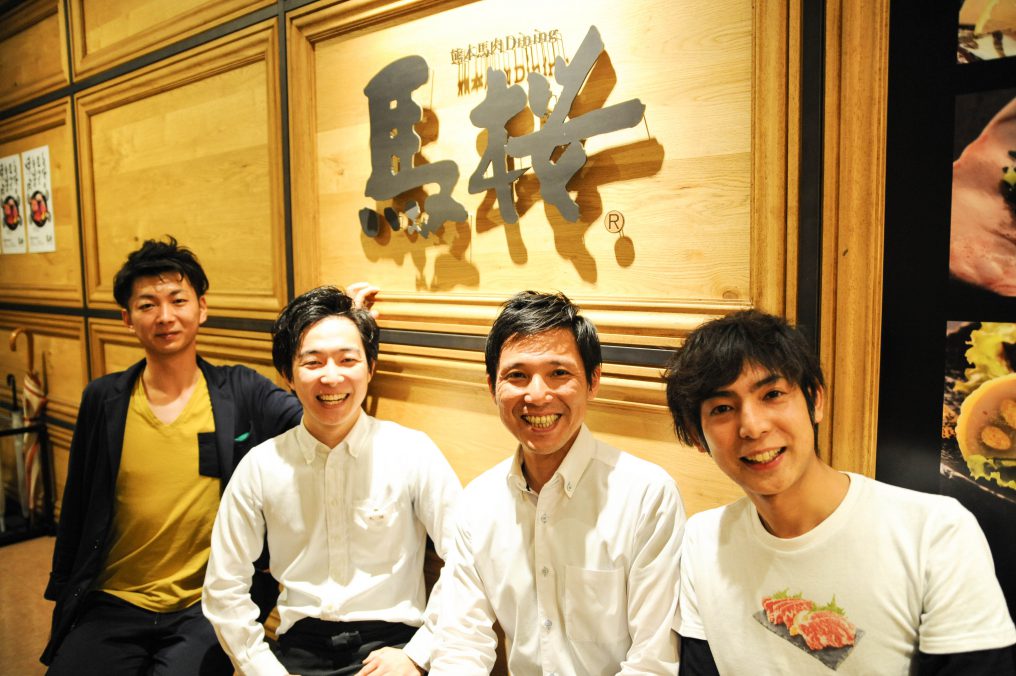
To be honest, I’ve never been to a horse sashimi specialty shop before. I always thought horse sashimi at Japanese izakaya or bought from supermarkets was the real thing, and I thought it tasted delicious.
However, the horse sashimi and horse meat dishes that I had at Umazakura were truly impressive. It was a different meat from what I had eaten before.
Even though it might not be wallet friendly, if you’re a Kumamoto local, you should definitely try it at least one. If you come to Kumamoto as a tourist, I’d like to cry out loudly that “You can’t say you’ve experienced Kumamoto without trying this!” Umazakura is a must visit.
Kumamoto Baniku Dining Umazakura
See you next time!!!
The above was translated and adapted from an article on our Japanese-language sister website ALT Kumamoto. For the original content, see the article below!




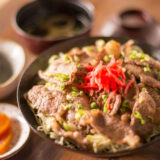

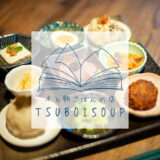


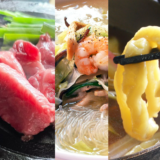
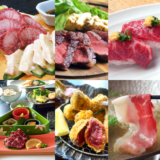


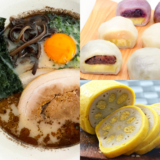

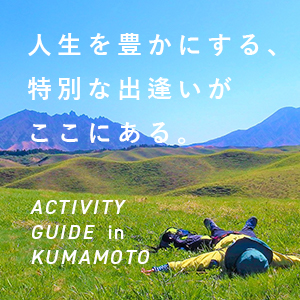
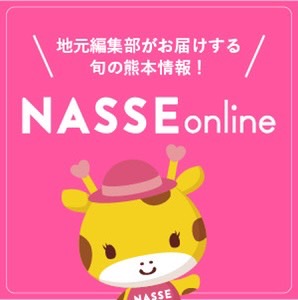
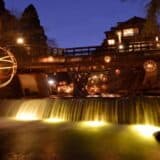



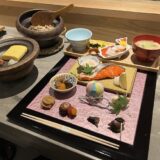




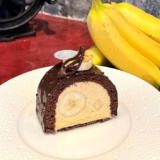



If you would like to comment, please do so below.